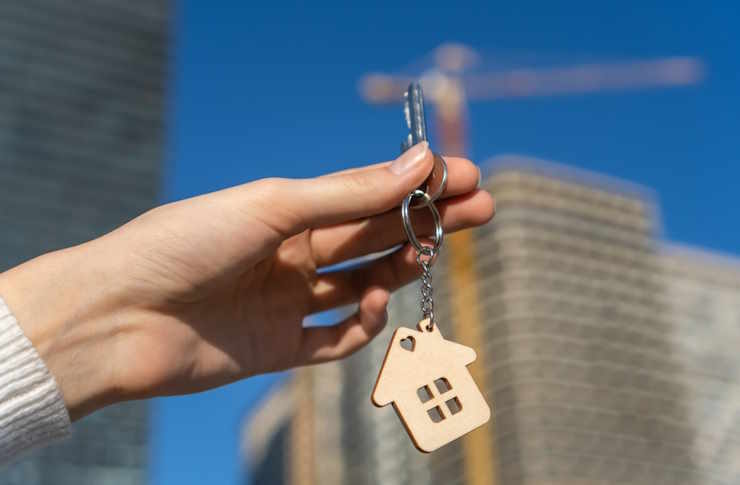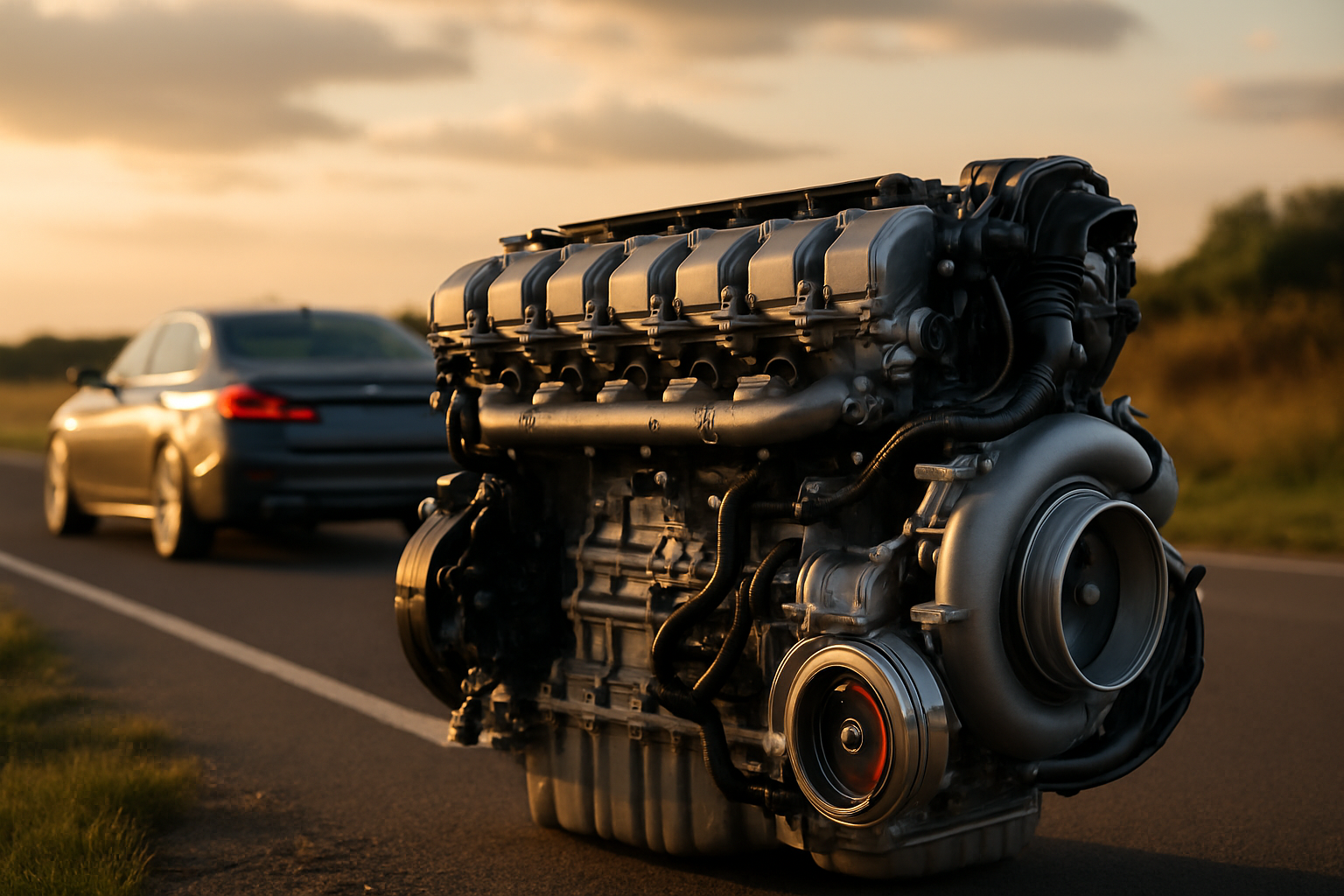Smart Prefab Bungalows: The Future of Senior Living
More Australian seniors are discovering the appeal of prefab bungalows as an innovative housing solution that combines modern convenience with comfortable retirement living. These smart, compact homes offer a fresh approach to aging in place, providing all the amenities needed for independent living without the maintenance burdens of traditional properties.

What Makes Prefab Bungalows Perfect for Senior Living?
Prefabricated bungalows present several distinct advantages that make them particularly well-suited for senior living arrangements. The single-story design eliminates the need for stairs, creating a naturally accessible environment for those with mobility challenges. Unlike traditional construction that can take months or years, prefab homes are largely assembled in factory conditions and can be installed on-site within weeks, minimizing disruption during the transition process.
Modern prefab homes can be custom-designed with senior-specific features from the beginning, rather than requiring costly retrofits later. These may include wider doorways for wheelchair accessibility, zero-threshold entries, grab bars in bathrooms, and open floor plans that facilitate movement. The controlled factory manufacturing environment also ensures consistent quality standards and precision in building elements critical for safety and comfort.
Additionally, many prefab builders now incorporate smart home technology specifically geared toward senior living. Features like voice-activated controls, motion sensor lighting, automated medication reminders, and emergency response systems can be seamlessly integrated during construction, creating an environment that supports independence while providing peace of mind.
How Do Prefab Bungalows Support Aging in Place?
The concept of aging in place—remaining in one’s own home safely and independently as one grows older—has become increasingly important to seniors. Prefab bungalows facilitate this approach through thoughtful design principles that anticipate future needs. These homes can be specifically engineered with features like reinforced bathroom walls for future grab bar installation, accessible kitchen layouts with variable-height countertops, and doorways wide enough to accommodate mobility devices.
The modular nature of prefabricated construction also allows for relatively straightforward modifications as needs change. Additional modules can sometimes be added for caregiver accommodations or medical equipment, and interior layouts can be reconfigured more easily than in traditional construction. This adaptability means that a prefab bungalow can evolve alongside its occupants, potentially eliminating the need for further moves as health circumstances change.
Climate control is another significant advantage for seniors, as prefab homes typically feature superior insulation and energy-efficient systems. These elements create comfortable living environments year-round while helping to manage utility costs—an important consideration for those living on fixed incomes. The tight building envelope also contributes to better indoor air quality, which can benefit seniors with respiratory conditions.
Why Are Seniors Choosing Prefab Over Traditional Retirement Communities?
A growing number of seniors are selecting prefab bungalows as alternatives to conventional retirement communities for several compelling reasons. Financial independence ranks high among these motivations—owning a prefab home on private property typically involves lower overall costs than the continuous monthly fees associated with many retirement facilities. This arrangement also preserves more control over one’s living situation and assets.
Privacy and autonomy represent significant draws for many older adults. Prefab bungalows allow seniors to maintain their own space and decision-making authority while still having options for community engagement on their own terms. For those who value connection with family, these structures can be placed on existing family property as accessory dwelling units (ADUs), creating multi-generational living arrangements that balance independence with proximity to support systems.
The pandemic highlighted another advantage of individual prefab homes—the ability to control one’s environment and limit exposure during health crises. Many seniors have reconsidered densely populated retirement communities in favor of more independent living situations that still offer accessibility and age-friendly features.
What Sustainability Benefits Do These Homes Offer?
Prefabricated bungalows deliver impressive environmental advantages that align with many seniors’ desires to reduce their ecological footprint. The factory construction process typically generates significantly less waste than traditional building methods, with materials precisely cut and excess components often recycled within the facility. This controlled environment also minimizes weather damage to building materials and reduces site disturbance during construction.
Energy efficiency features are standard in most modern prefab designs, including superior insulation, high-performance windows, and efficient HVAC systems. These elements not only reduce environmental impact but also translate to lower utility bills—an important consideration for seniors on fixed incomes. Many prefab manufacturers also offer renewable energy options like solar panel integration, further reducing operating costs and environmental impact.
Water conservation features such as low-flow fixtures, rainwater harvesting systems, and drought-resistant landscaping options can be incorporated into prefab home designs, creating residences that use resources thoughtfully. For environmentally conscious seniors, these homes offer a way to align housing choices with personal values while maintaining comfort and accessibility.
What Are the Real Costs of Prefab Bungalows for Seniors?
Understanding the financial implications of prefab housing is essential for seniors considering this option. While prefabricated homes typically cost less per square foot than traditional construction, the total investment encompasses multiple components beyond the base structure price. The table below provides an overview of current cost estimates for prefab bungalows suitable for senior living in Australia.
| Component | Cost Range (AUD) | Notes |
|---|---|---|
| Base Structure (1-2 bedroom) | $150,000-$300,000 | Varies by size, quality, and features |
| Site Preparation | $10,000-$30,000 | Depends on land condition and accessibility |
| Foundation | $15,000-$40,000 | Varies by type and soil conditions |
| Utility Connections | $5,000-$20,000 | Includes water, sewer, electric, and gas |
| Accessibility Features | $10,000-$25,000 | Specialized fixtures, wider doorways, ramps |
| Smart Home Technology | $5,000-$20,000 | Basic to comprehensive systems |
| Permits and Fees | $2,000-$10,000 | Varies by location and requirements |
Prices, rates, or cost estimates mentioned in this article are based on the latest available information but may change over time. Independent research is advised before making financial decisions.
Beyond the initial investment, seniors should consider ongoing costs like property taxes, insurance, and maintenance. While prefab homes generally require less maintenance than traditional homes due to newer materials and systems, budgeting for regular upkeep remains important. Many seniors find that the predictable costs and energy efficiency of prefab homes provide better long-term financial stability compared to constantly increasing retirement community fees.
Financing options for prefab homes have expanded in recent years. Traditional mortgages, construction loans, and specialized senior financing programs may be available, though qualification requirements vary. Some seniors choose to use proceeds from selling larger family homes to purchase prefab bungalows outright, eliminating ongoing housing payments during retirement.
The Future of Senior Housing Solutions
Prefabricated bungalows represent an evolving approach to senior housing that addresses many challenges facing older adults today. By combining accessibility, sustainability, and technology with the independence of home ownership, these structures offer a promising alternative to traditional retirement settings. As prefabrication techniques continue to advance and more seniors seek housing solutions that support aging in place, smart prefab bungalows are positioned to become an increasingly important component of the senior living landscape. Their ability to adapt to changing needs while providing comfortable, efficient living spaces makes them a worthy consideration for those planning their retirement housing strategy.




